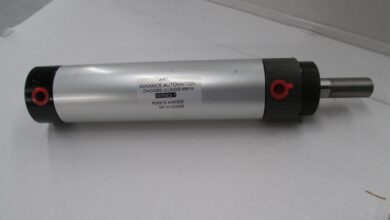Cold Soldering Joint On Printed Circuit Boards
Work with cold soldering on printed circuit boards.
I don’t consider any of you to be inexperienced or unable to solder. I assume that you can. I will devote this article to a simple thing – to remember those mechanics when working with soldering irons, which many have forgotten about.
One of the serious problems with hand soldering is cold soldering.
Cold soldering occurs when three circumstances coincide:
1) Not heating the printed circuit board at the soldering point to the melting temperature of the solder.
2) Insufficient wettability of the solder, either due to the lack of soldering flux or due to its poor quality. For best quality, I always use soldering flux for electronics Diamond Flux FN231.
3) Oxide films on surfaces.
Everything seems clear at first glance, but let’s dig deeper.
Let’s look at each point separately.
1) Your soldering flux for electronics is normal, but your soldering is still bad. Checking the temperature of the tip! Whatever soldering iron you have, remember that the tip’s job is not only to melt the solder, but also to heat the surfaces being soldered. The ideal temperature on professional soldering irons is 320 degrees, especially with small tips. This is necessary so that it is possible to heat up the soldering area in a few seconds, so that later, due to good wettability, the solder will flow into the hole. So that the flux has time to remove oxide films from the surfaces and the solder penetrates into all joints. The usual time is 3 seconds.
2) Incorrectly selected flux, old, illiquid, will not help you in your work, but will only aggravate the situation with defects and cold solders. Different metals have different oxide films and fluxes are also different. In addition, fluxes are divided by activity from a minimum of 0.2% to 2.5% and the higher its activity, the more intensively it copes with oxides. But also, the higher the activity, the greater the interaction of this flux with all metals. Therefore, I advise you to thoroughly wash every flux, even no-clean ones. This is especially true for microcircuits with hidden pins – BGA, QFN, TQFN, FPGA, etc.
3) Oxide films are a product of metal oxidation from interaction with oxygen. They are found on almost all metals. The task of fluxes is precisely to eliminate these films, and this process requires time and sufficient temperature. In 3 seconds at temperatures from 280 to 350, a high-quality flux copes with films, unless, of course, the board was lying in water and was not covered with a crust of total oxide. At the same time, solder flows onto the connection from the tip or through manual supply, flows into the hole and completely fills it.
More articles about electronics development, repair and soldering electronics.
That’s all.
Thank you for reading!




